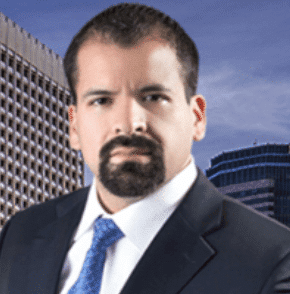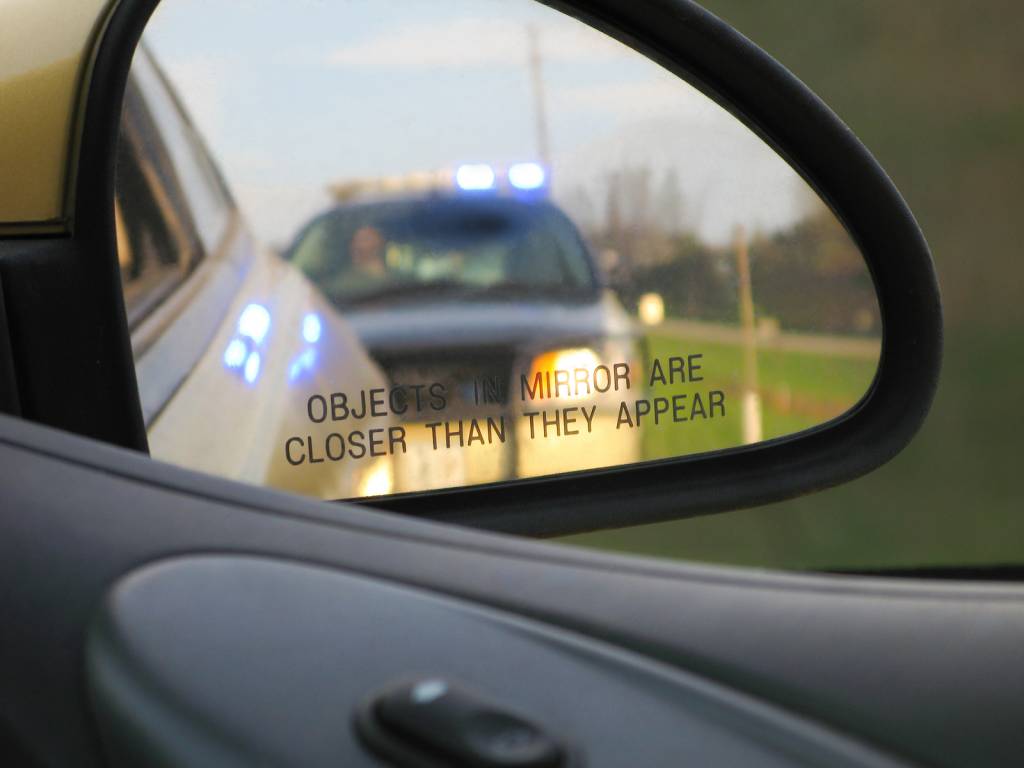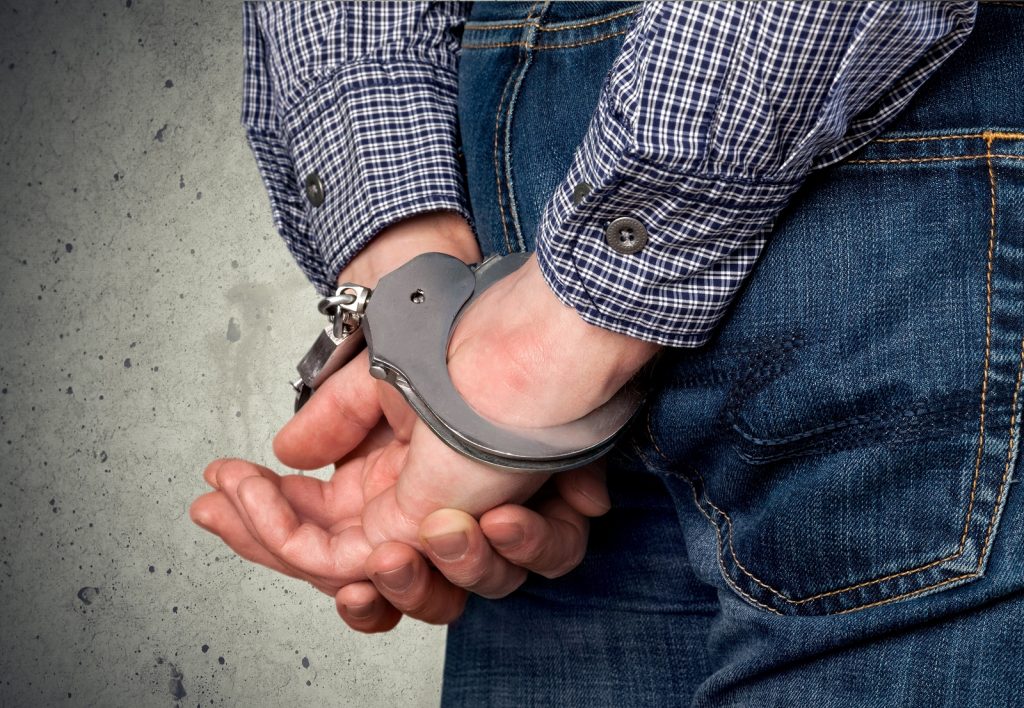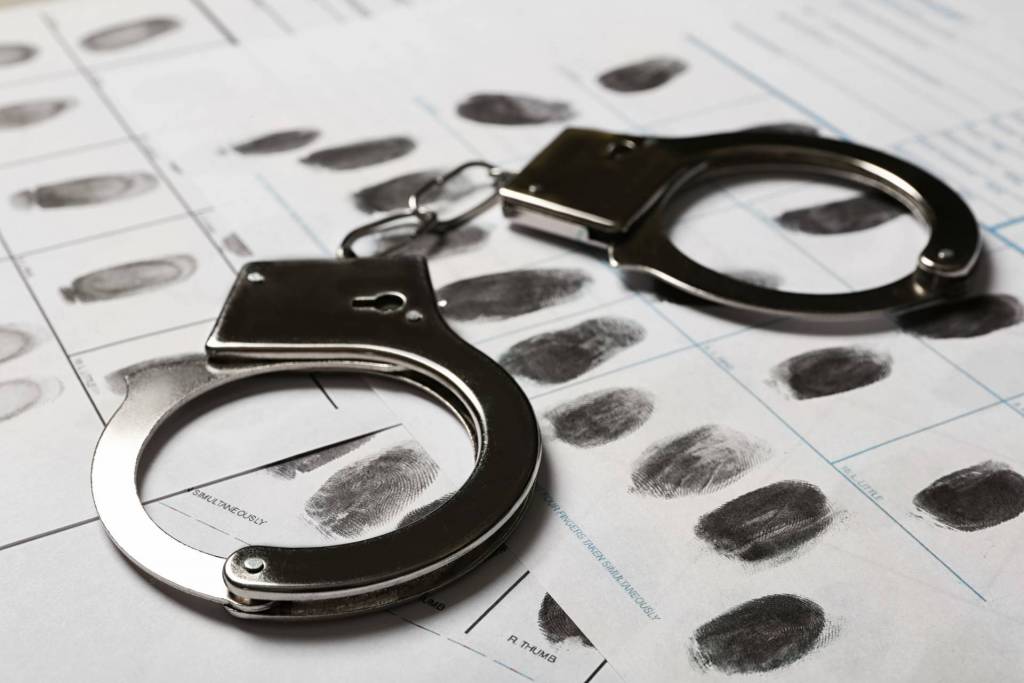Los Angeles is spread out over 500 square miles, and it is known around the world as the city where you must own an automobile if you want to get around efficiently. When the city’s freeway system was built in the 1960s, it made life here a lot easier for commuters, but it also emboldened armed robbers and made any Los Angeles criminal defense attorney a very busy person. Bank jobs and other armed robberies spiked because crooks can pull off the freeway, rob a bank, and be miles away in just minutes. The formula was used so often in the 1990s that the Los Angeles police call this kind of armed robbery a “stop-and-rob.”
The city’s freeways and the urban landscape are great temptations to criminals, so the Los Angeles Police are constantly responding to new twists on crime with new forms of police work. With its ground patrols and its constant aerial surveillance of the city, the LAPD works 24 hours a day, 7 days a week, to maintain order in Los Angeles and to fight crime in one of the world’s great sprawling megacities.
The Air Support Division (ASD) of the LAPD operates out of a building on Ramirez Street near the Los Angeles River. The division was established in 1956 with a single helicopter, and it now has nineteen choppers and a King Air fixed-wing plane. At least two helicopters are in the air 21 hours a day. The LAPD ASD is the largest municipal airborne law enforcement operation in the world, and it also has the largest rooftop heliport in the United States. On weekends, three choppers are in the air at all times, and in the event of a law enforcement crisis, up to five helicopters can operate simultaneously.

Melissa Hamilton, JD, Ph.D., is a former police officer and a Visiting Criminal Law Scholar at University of Houston Law Center. She says, “There is mostly anecdotal evidence of domestic police departments systemically using aerial surveillance. The reason we don’t know much more is that there is no public reporting mechanism for the use of such technology. Still, there is case law on the subject.”
Ms. Hamilton explains the legalities of allowing the police to use helicopters: “The Supreme Court has previously approved the warrantless use by police of airplanes and helicopters whereby police officers in them observe what is happening on the ground. The rulings state that individuals have no reasonable expectation of privacy in places that any private passenger in an aircraft could look out the window and see what is going on. Thus, police can, without having first obtained a warrant, also use publicly navigable airspaces to observe.”
“Aerial surveillance,” Ms. Hamilton says, “could be used for a multitude of purposes. These might include visually tracking a fleeing suspect, observing a crime scene from overhead, monitor group activity such as riots or demonstrations, detect and monitor hot crime spots, view marijuana fields, be able to land officers in otherwise difficult places to get to, or gather images for evidence of crimes taking place such as drug sales.”
WHAT MAKES LOS ANGELES DIFFERENT?
The most extensive use of aerial surveillance, according to Ms. Hamilton, has been by the Baltimore Police Department (BPD). She says, “the BPD has been taking wide range camera to take shots around a 32-square-mile area for hours at a time. The technology was created by a private company and the BPD used money specifically donated for this purpose from the philanthropic Arthur Foundation. The private charity proactively put the partnership together in order to use the BPD experience as a test case for aerial mapping in domestic policing.”
With its chopper patrols, the LAPD Aerial Support Division has unique access to its own experience of Los Angeles. This is a city quite different from New York or Chicago, or even Baltimore, with their skyscrapers and, from the air, their deeply set streets. Densely-packed towers and high-rises make effective aerial patrols almost impossible and in fact potentially dangerous. But in Los Angeles, a police department that is stuck on the ground simply will not be effective. Los Angeles Police officers have to think about how neighborhoods are connected and the best ways to move from one to another. After all, that’s what criminals in L.A. think about.
Even flight paths influence criminal behavior. The heavily restricted airspace around Los Angeles International Airport has become a well-known hiding spot for criminals trying to evade the police. Los Angeles police helicopters usually cannot fly near the airport because of air traffic safety concerns. The lines of flight limit police helicopter patrols; criminals learned this early, and they take advantage of the flight paths.

In the Air Support Division, a standard chopper crew consists of a pilot and a tactical flight officer or TFO. The TFO monitors up to six radio frequencies, including emergency calls from the ground, chatter from other police helicopters, and aircraft landing at Los Angeles International Airport. The pilot can accelerate up to 170 miles per hour. A study commissioned by NASA confirmed that:
- The number of “Part 1” property crimes declines when LAPD helicopters are in the air.
- The number of arrests linked to radio calls is three times higher with the involvement of the Los Angeles Police Department Aerial Support Division.
- Los Angeles residents accept helicopter patrols as a necessary part of policing and strongly favor their continuation.
- The LAPD’s ground-based officers support a strong ASD within the department.
Each helicopter can pick up signals from LoJack tracking systems, which are used commercially as a tool to recover stolen vehicles. The spotlight on these choppers is a 50-million-candlepower light that police officers call the “Nightsun.” The helicopters are also equipped with a “FLIR,” a forward-looking infrared camera which leaves criminals with nowhere to run. If you conceal yourself behind a tree, for instance, the FLIR will display your aura, generated by your body heat, like a halo surrounding you.
HOW ARE CRIMINALS RESPONDING TO THE ASD?
But the criminals are learning, and they are creating their own countermeasures to escape the infrared detection devices. Cole Burdette, the chief tactical flight officer for the ASD, told the New York Times, “People are definitely catching on. They’ll rub mud all over themselves, like that movie ‘Predator,’ or they’ll wrap themselves up in pool covers to mask their heat signature.”

Many are uncomfortable with having a big “eye in the sky” watching them – they say it’s like something out of George Orwell’s dystopian novel 1984 – but according to Melissa Hamilton, “Critics of police actions on transparency grounds decry the aerial surveillance methods when police are secretive on their use of it and fail to ask for public feedback. Yet, this is a policy issue rather than a legal problem.”
In “City of Quartz” a history of L.A. written in 1990 by Mike Davis, the author portrays the ASD as an invasive, darkly futuristic force of flying overlords buzz-bombing entire neighborhoods. Police officers do not recognize that portrait; for the most part, they are simply scrambling like everyone else to keep up with developments in the city. The temptation for the Los Angeles Police Department is to somehow anticipate future events while keeping a lid on the city right now.
WHAT’S REALLY THE MOST EFFECTIVE WAY TO FIGHT CRIME?
The anticipation by law enforcement agencies of future events is now a science called predictive policing. It combines algorithms with extensive police data to determine where and when certain crimes like car thefts and burglaries will probably happen next. Predictive policing does not try to predict specific events, but it can help the police identify a high crime area and then send officers to cast a hopefully pre-emptive police shadow.
According to Melissa Hamilton, “The data police collect through aerial surveillance could become part of their attempt to collect and analyze the information as a broader attempt to take advantage of big data. This is likely what the Baltimore Police Department is doing. It is possible also to employ facial recognition software to try to personally identify individuals and track their comings and goings. The cameras may also be able to record license plate numbers.”

The science of predictive policing, and the Los Angeles Police Department’s Aerial Support Division, however, are telling us something about crime-fighting strategies that perhaps common sense – or any experienced Los Angeles criminal defense attorney – could tell us as easily. The police in Los Angeles work hard to see the city clearly. That’s the reason why they have helicopters.
But in their effort to create an all-seeing-eye looking down on Los Angeles, the police may have accidentally discovered their most powerful tool – not seeing, but being seen. You do not drive past an officer when you’re speeding, and burglars and car thieves do not steal when they see a police chopper above them. The most effective way to fight crime in Los Angeles is for police officers to be seen – both on the streets and in the air.










